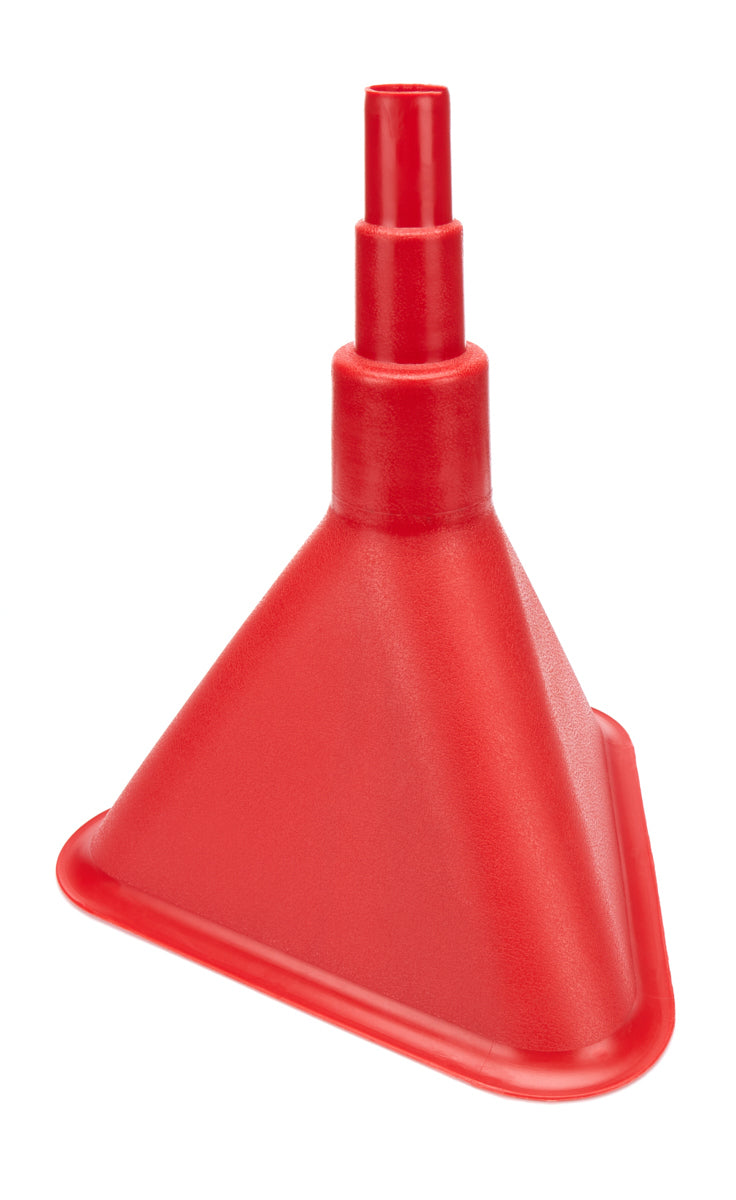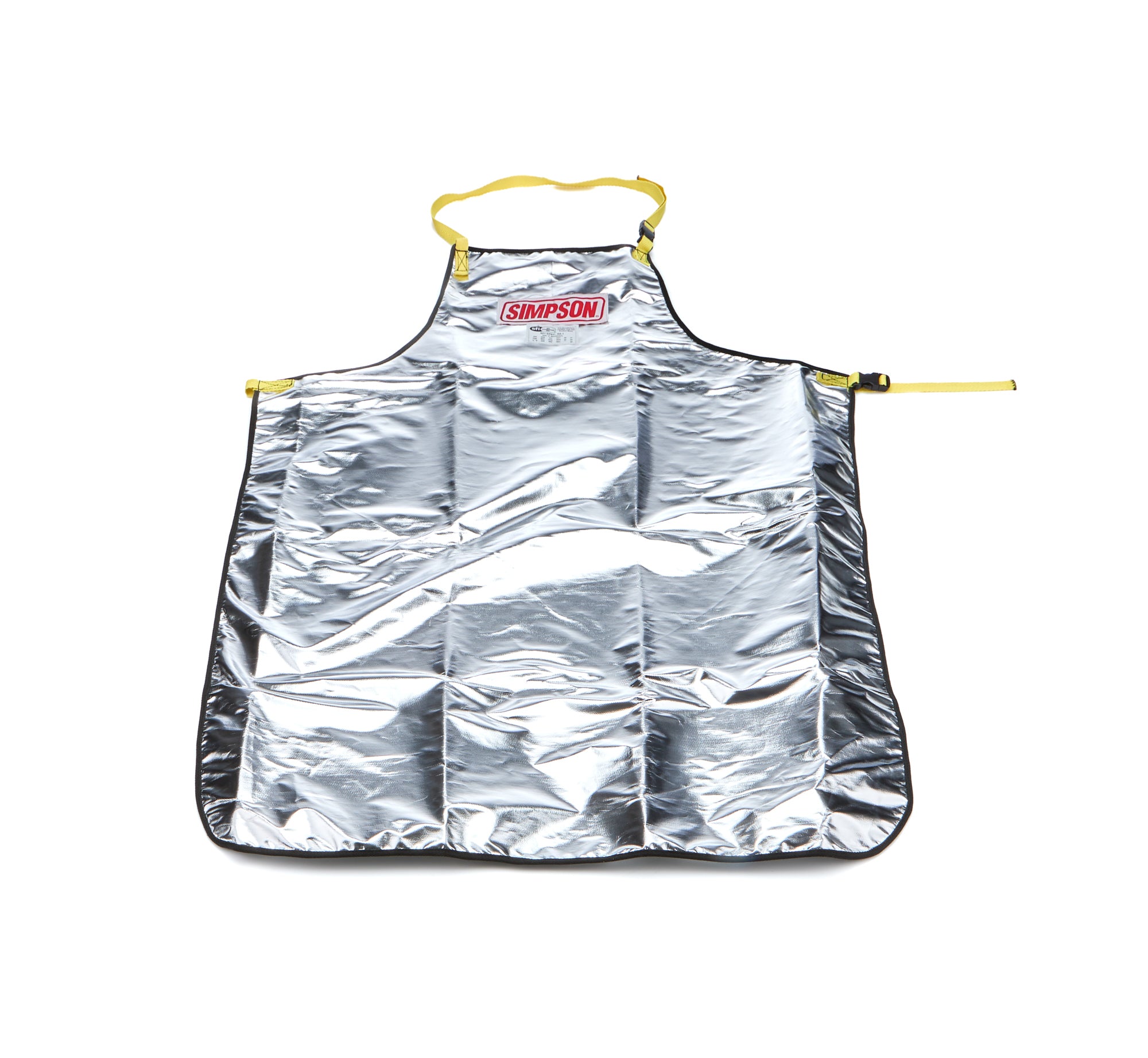At the core of our philosophy is a simple belief: informed customers make the best decisions. The automotive wheel market is full of terminology—cast, flow-formed, forged monoblock, 2-piece, 3-piece—and each option offers different levels of performance, durability, weight, and customization.
This guide breaks down the primary construction methods used in modern wheel manufacturing. By understanding how each type is built, you can select the wheel that best fits your vehicle, driving style, and budget.
The Six Primary Wheel Construction Methods
- Cast Aluminum
- Flow-Formed / Rotary-Forged / Spun-Forged
- Forged 1-Piece (Monoblock)
- Forged 2-Piece – Welded
- Forged 2-Piece – Bolted
- Forged 3-Piece – Bolted
Each method results in different levels of strength, weight, cost, and repairability.
1. Cast Aluminum Wheels
Cast wheels are the most common and most affordable option. They begin as molten aluminum poured into a wheel-shaped mold. Once the metal cools, the wheel is machined, finished, and painted.
Pros
- Lowest cost
- Easy to mass-produce
Cons
- Heaviest construction method
- More brittle compared to forged wheels
- Limited sizing and offset options
- Lower detail quality in spoke design
- Difficult or unsafe to repair when cracked or heavily bent
2. Flow-Formed / Rotary-Forged Wheels
Flow-formed wheels start as cast wheels, but the barrel is reshaped using high heat and pressure. Rollers stretch and compress the material, creating a barrel with a forged-like grain structure.
Why it matters: The process increases strength and allows for a thinner, lighter barrel compared to a standard cast wheel.
Pros
- More affordable than forged wheels
- Stronger and lighter than cast designs
- Good performance balance
Cons
- Cast face limits design detail compared to full forged wheels
- Limited diameters and widths
- Thin barrels can be challenging to repair if severely damaged
3. Forged 1-Piece (Monoblock) Wheels
Monoblock wheels are machined from a single piece of forged 6061-T6 aluminum. The forging process aligns the metal’s grain structure, creating exceptional strength and weight savings. After forging, the blank is shaped and fully CNC-machined.
Pros
- Among the strongest and lightest wheels available
- Ideal for performance-focused applications
Cons
- Premium pricing
- Limited size/offset flexibility due to forging blank sizes
- Difficult to repair when bent or cracked
4. Forged 2-Piece, Welded Construction
These wheels use a forged center that is welded to a spun-forged barrel. They offer many benefits of multi-piece wheels but at a slightly lower cost.
Pros
- Most affordable forged option
- Strong and lightweight with forged centers
- Excellent range of offsets/backspacing
Cons
- Fewer diameter/width combinations
- Welded lip cannot be easily chromed or customized
- Repairing a damaged barrel requires cutting out the center and replacing the hoo
5. Forged 2-Piece, Bolted Construction
Similar to welded 2-piece wheels, but the center attaches to the hoop using bolts rather than welds. This simplifies lip customization and repairs.
Pros
- Lips can be chromed or painted easily
- Damaged hoops are easier to replace
- Strong forged centers available (depending on manufacturer)
Cons
- Limited sizing options
- Fewer manufacturers offer this style
- Cost often approaches that of 3-piece wheels
6. Forged 3-Piece Wheels
Three-piece wheels consist of a center, an inner barrel, and an outer lip—all bolted together and sealed with high-temp silicone. This construction method offers the highest level of customization and repairability.
Pros
- Most size and fitment flexibility
- Easiest wheels to repair—individual hoops can be replaced
- Wide range of color and finish options
- Highest resale value
Cons
- Most expensive forged construction
- Improper tire installation can break the silicone seal and cause leaks




